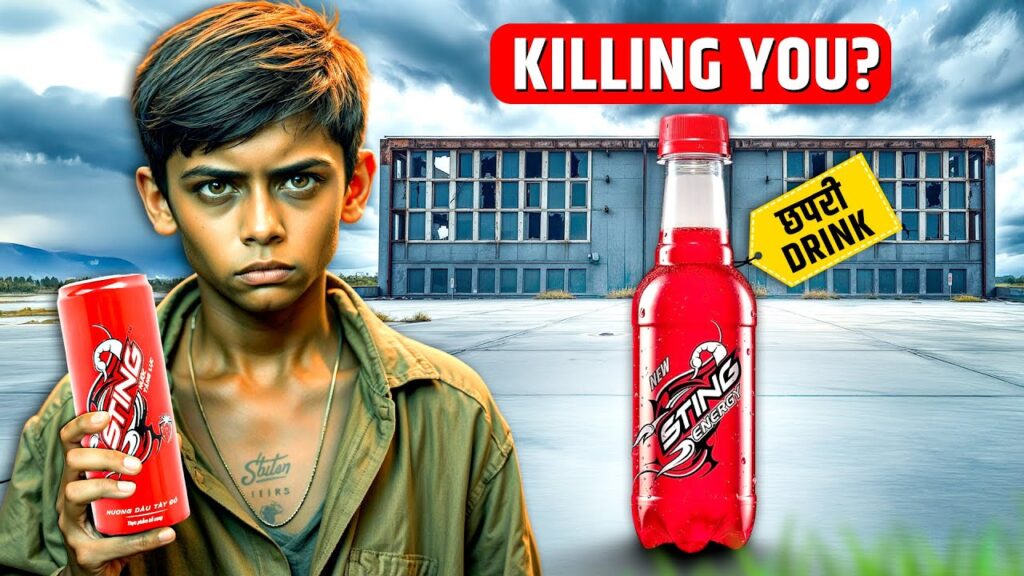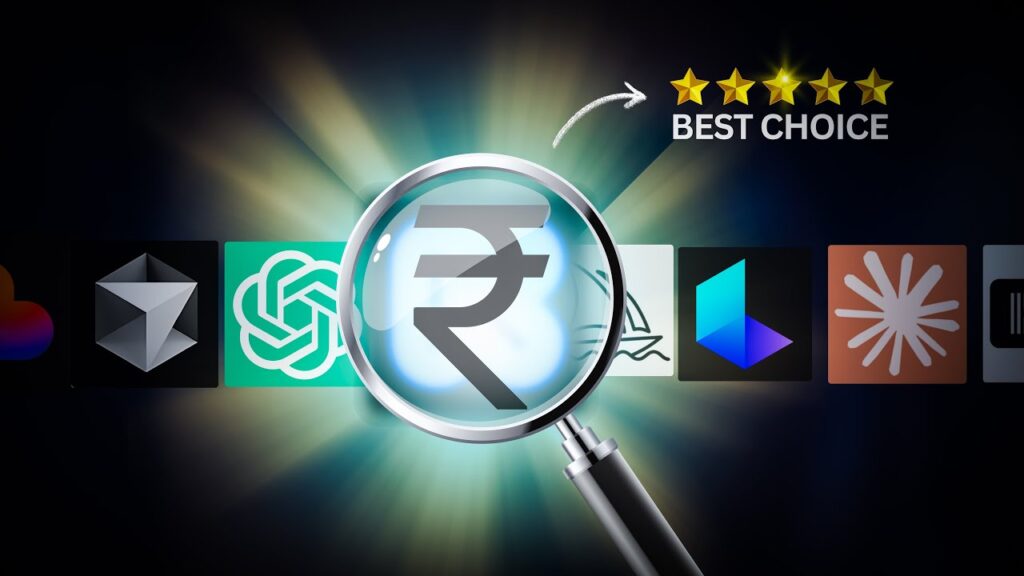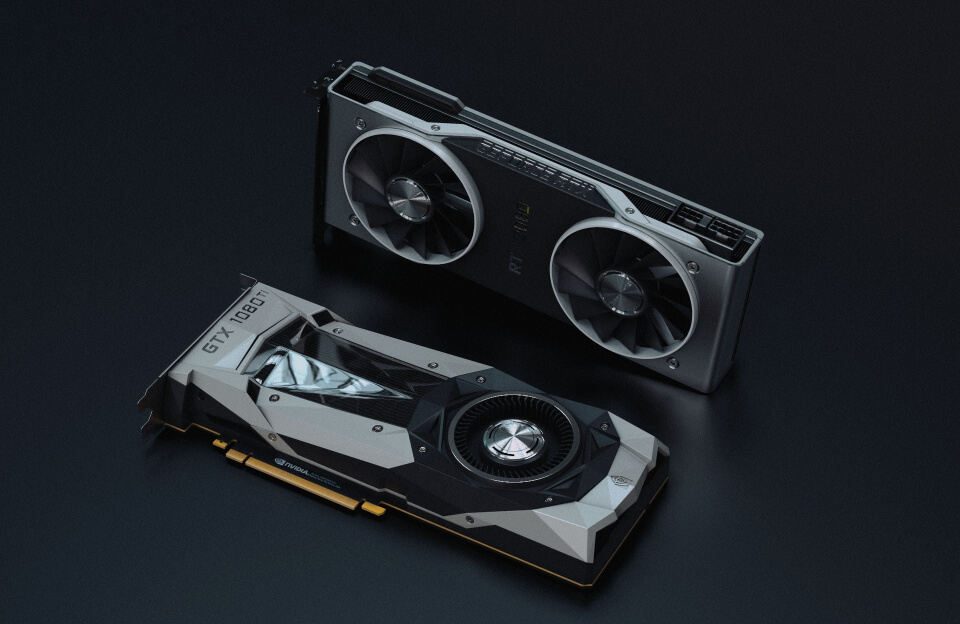For just ₹20, a red bottle of Sting Energy Drink quenches the thirst of a laborer battling fatigue, keeps a college student awake during late-night study sessions, and has earned nicknames like “poor man’s Red Bull” or “chhapri drink.” Yet, this humble drink has become the undisputed king of India’s energy drink market, nearly wiping out premium brands like Red Bull. How did a low-cost, controversial drink achieve such dominance? Why is Sting so cheap, and is it really harmful to health? Let’s dive into the fascinating story of Sting’s meteoric rise in India.
Chapter 1: The Evolution of Energy Drinks in India
The energy drink market in India has had a rocky but intriguing journey:
- Early Failures: In 2001, Coca-Cola launched Shock, and in 2008, PepsiCo tried SoBe. Both flopped and vanished quickly.
- Red Bull’s Arrival: In 2009, Australian brand Red Bull entered India with a sleek 250ml can priced at ₹100. Targeting college students and gym enthusiasts, Red Bull’s cool branding captured 60% of the market within years, creating an entirely new energy drink category and making it a lifestyle symbol.
- Competitors Emerge: Inspired by Red Bull’s success, brands like Monster Energy (USA), Gatorade, Zinga, and Cloud 9 entered India. Zinga and Cloud 9 stood out with affordable ₹25 price tags, while Coca-Cola relaunched with Burn. However, most fizzled out, and by 2015, Red Bull reigned supreme, cementing its status as a premium, aspirational drink.
Chapter 2: PepsiCo’s Struggle and Opportunity
While Red Bull’s empire grew, PepsiCo faced tough times:
- SoBe’s Failure: PepsiCo’s 2008 SoBe flop shook its confidence in the energy drink segment.
- Market Share Decline: Between 2013 and 2016, PepsiCo’s core brands like Tropicana lost market share, leading to significant losses in India.
- Regulatory Shift: In December 2016, the Food Safety and Standards Authority of India (FSSAI) capped caffeine in energy drinks at 300mg per liter. By July 2017, another rule mandated warning labels for consumption above 500ml. These regulations banned some harmful drinks, creating a market gap.
PepsiCo saw this as the perfect opportunity to stage a comeback.
Chapter 3: The Birth of Sting in India
In 2017, PepsiCo launched Sting Energy Drink in India, a brand originally developed by American company Rockstar. Sting had already succeeded in Southeast Asia (Philippines and Vietnam), where value-for-money products thrived. Recognizing India’s price-sensitive market, PepsiCo acquired Sting and tailored it to challenge Red Bull.
Strategic Launch
- Pricing: Sting launched in a 250ml can priced at ₹50—half of Red Bull’s ₹100. In 2020, PepsiCo introduced a 250ml PET bottle for just ₹20, a game-changing move that made Sting as affordable as soft drinks.
- Positioning: Unlike Red Bull’s premium, high-status image, Sting was marketed as an accessible drink for the masses, not just the elite.
- Low-Key Marketing: Initially, PepsiCo relied on its robust distribution network rather than high-budget ads or celebrity endorsements, quietly pushing Sting into stores.
Slow Start, Explosive Growth
Sting struggled for two years, as energy drinks were still niche in India. However, the ₹20 PET bottle in 2020 changed everything:
- Sting reached small-town kirana shops, paan stalls, and village stores, unlike Red Bull, which was limited to urban cafes and high-end stores.
- It became the go-to drink for students, laborers, auto drivers, and construction workers seeking cheap, instant energy.
Chapter 4: Sting’s Market Domination
PepsiCo’s aggressive pricing and distribution strategy worked wonders:
- Sales Surge: In 2021, Sting sold 23 crore bottles in India. By 2022, this jumped to 65 crore, and in 2023, it hit a record 116 crore bottles.
- Market Share: From Red Bull’s 75% share in 2018, Sting captured 90% by May 2024, while Red Bull’s share plummeted to 7%.
- Growth Rate: PepsiCo claims Sting’s growth outstrips any soft drink brand in the last 30 years.
Key Success Factors
- Pricing: At ₹20, Sting was unbeatable, making energy drinks a daily purchase rather than an occasional splurge.
- Packaging: Unlike Red Bull’s imported aluminum cans, Sting’s locally manufactured PET bottles were cheaper and easier to carry, reducing costs and boosting accessibility.
- Distribution: PepsiCo’s partner, Varun Beverages, leveraged its vast network to stock Sting in over 2 million retail points by 2022, from urban malls to rural shops.
- Marketing Evolution:
- Early branding was desi and relatable: a bright red bottle, candy-like sweetness, and the tagline “Energy Bole toh Sting!” went viral on social media.
- In 2021, PepsiCo roped in Bollywood star Akshay Kumar as brand ambassador, amplifying Sting’s reach on TV and theaters.
- Creative campaigns like the 2024 Dart ad—a 133-second thriller shown in PVR cinemas—depicted a security guard using Sting’s energy to foil a plot, captivating audiences.
Chapter 5: Perceptions and Controversies
As Sting’s popularity soared, so did stereotypes and health concerns:
- Social Stigma: Its low price led some to call it “poor man’s Red Bull” or “chhapri drink.” Urban elites shunned it, associating it with daily wage workers. Yet, laborers, rickshaw pullers, and construction workers embraced Sting for its affordable energy boost, driving its sales.
- Health Concerns:
- Red Color: Critics label its vibrant red color as “poison,” but it comes from FSSAI-approved Allura Red AC, safe in moderation. Excessive consumption (e.g., multiple bottles daily) could pose risks.
- Caffeine: A 250ml Sting bottle contains 72mg of caffeine, slightly less than Red Bull’s 80mg but more than a coffee (~50mg). Increased heart rate in some users is due to caffeine, a standard energy drink ingredient, affecting those with heart conditions or anxiety.
- Sugar: Sting has 17g sugar per 250ml, less than Red Bull’s 27.5g. The “addictive” feeling comes from the caffeine-energy rush, encouraging repeat consumption.
- Side Effects: Overconsumption can cause insomnia, elevated heart rate, or blood pressure spikes. Sting, like all energy drinks, is not recommended for children or pregnant women.
Disclaimer: The health information provided is based on internet research. This article does not promote or endorse any drink consumption. Consult a healthcare professional for advice.
Chapter 6: Sting’s Future and Challenges
India’s market is valued at ₹7,350 crore in 2024 and is projected to cross ₹16,000 crore by 2030. As the market leader, Sting is poised for 1.5–2x growth in the coming years. However, challenges loom:
- Competition: Coca-Cola’s 2022 launch of Thums Up Charged (₹20) targets the mass market but lags behind Sting in sales. Other brands may emerge, copying Sting’s low-price model.
- Health Regulations: Stricter FSSAI rules could impact formulations or marketing.
- Perception: Overcoming the “cheap” stereotype is key to appealing to urban consumers without alienating its core base.
PepsiCo is innovating with new flavors like Blue Current and Gold Night Fuel, alongside the classic red Sting, to keep the brand fresh.
Conclusion
Sting’s journey from a niche energy drink to India’s market leader is a masterclass in strategy. By leveraging low pricing, smart packaging, and PepsiCo’s distribution muscle, Sting dethroned Red Bull and redefined accessibility. Despite health concerns and social stereotypes, Sting’s growth remains unstoppable, proving that in a price-sensitive market like India, the right strategy can topple even the mightiest competitors.
Question: Have you tried Sting? What did you think of its taste? Share your thoughts in the comments!



